Growing Awareness of Crew Comfort and Safety
The Shipbuilding Anti Vibration Market is witnessing a growing awareness of the importance of crew comfort and safety in vessel design. As the maritime workforce becomes more cognizant of the impacts of vibration on health and well-being, shipbuilders are increasingly prioritizing the implementation of effective anti-vibration measures. Research indicates that excessive vibration can lead to long-term health issues for crew members, prompting a shift in design philosophy. Consequently, shipbuilders are investing in advanced anti-vibration technologies to enhance onboard comfort and safety. This trend is expected to drive market growth at a rate of approximately 4.2% over the next few years, as the industry recognizes the critical role of crew welfare in overall operational success.
Increasing Demand for High-Performance Vessels
The Shipbuilding Anti Vibration Market is significantly influenced by the rising demand for high-performance vessels across various sectors, including commercial shipping and naval defense. As the maritime industry evolves, there is a notable shift towards vessels that not only meet operational efficiency standards but also provide enhanced comfort for crew and passengers. This demand is reflected in the growing investments in research and development aimed at improving vessel design and performance. According to recent estimates, the market for high-performance vessels is expected to expand by 4.8% annually, which in turn drives the need for advanced anti-vibration solutions. Shipbuilders are increasingly recognizing that effective vibration control is essential for achieving the desired performance levels, thereby propelling the growth of the anti-vibration market.
Technological Innovations in Vibration Control
The Shipbuilding Anti Vibration Market is experiencing a surge in technological innovations aimed at enhancing vibration control systems. Advanced materials and engineering techniques are being developed to create more effective anti-vibration solutions. For instance, the integration of smart materials that adapt to varying vibration frequencies is becoming increasingly prevalent. This trend is supported by a growing demand for high-performance vessels, which necessitates superior vibration management to ensure structural integrity and operational efficiency. The market is projected to grow at a compound annual growth rate of approximately 5.2% over the next five years, driven by these technological advancements. As shipbuilders seek to improve vessel performance and reduce maintenance costs, the adoption of innovative anti-vibration technologies is likely to become a key focus area.
Regulatory Pressures and Environmental Standards
The Shipbuilding Anti Vibration Market is also shaped by stringent regulatory pressures and environmental standards that govern vessel construction and operation. Governments and international bodies are implementing regulations aimed at reducing noise and vibration emissions from ships, which has led to a heightened focus on anti-vibration technologies. Compliance with these regulations not only ensures environmental sustainability but also enhances the marketability of vessels. As a result, shipbuilders are compelled to invest in advanced anti-vibration systems to meet these requirements. The market is expected to witness a growth rate of around 5.5% as shipbuilders adapt to these evolving regulations. This trend underscores the importance of integrating effective vibration control measures into the design and construction processes of modern vessels.
Focus on Operational Efficiency and Cost Reduction
The Shipbuilding Anti Vibration Market is increasingly driven by the need for operational efficiency and cost reduction in shipbuilding processes. Shipbuilders are under constant pressure to minimize production costs while maximizing vessel performance. Effective anti-vibration solutions contribute to this objective by reducing wear and tear on machinery, thereby lowering maintenance costs and extending the lifespan of vessels. Recent studies indicate that implementing advanced vibration control systems can lead to a reduction in operational costs by up to 15%. This financial incentive is prompting shipbuilders to prioritize the integration of anti-vibration technologies in their designs. As the industry continues to evolve, the focus on cost-effective solutions is likely to remain a key driver of growth in the anti-vibration market.


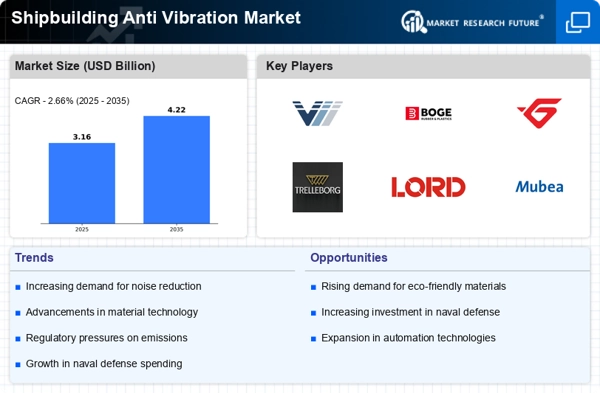
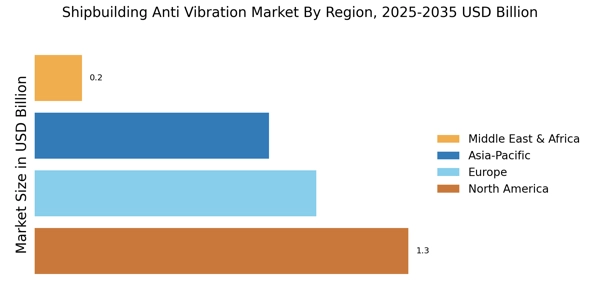
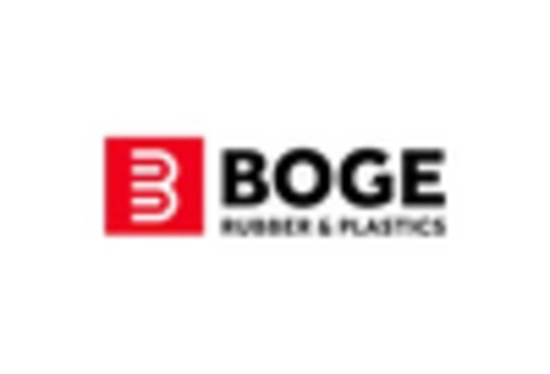
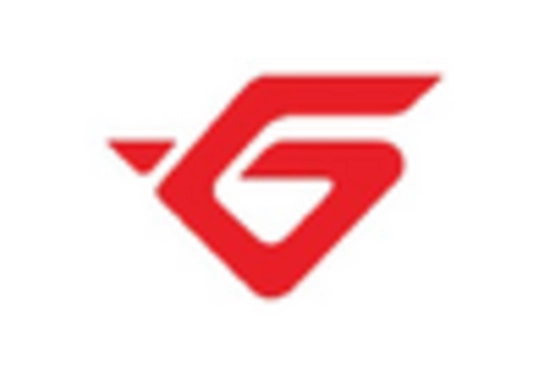
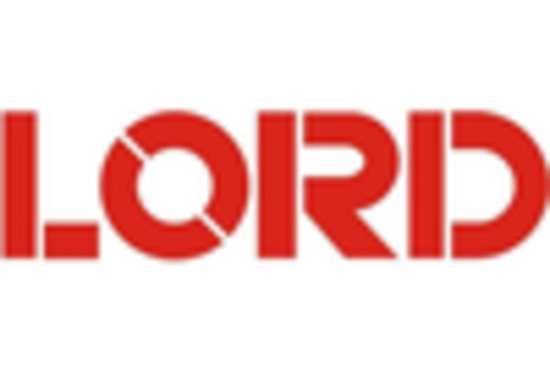
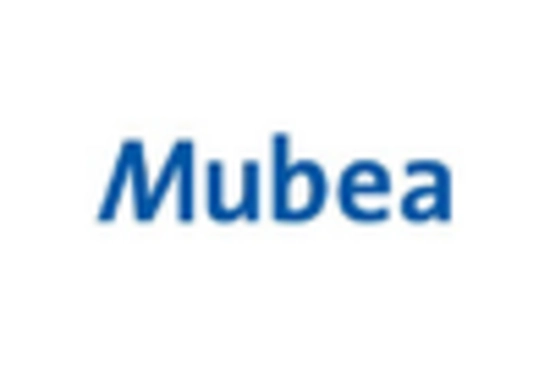
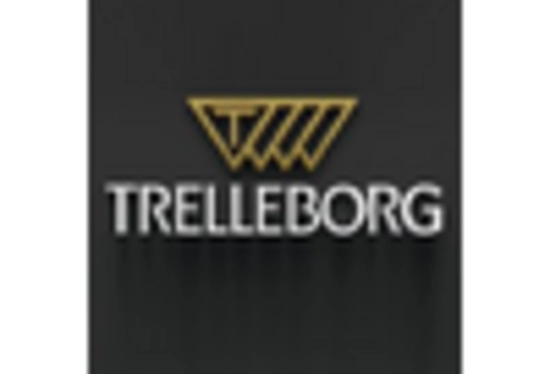
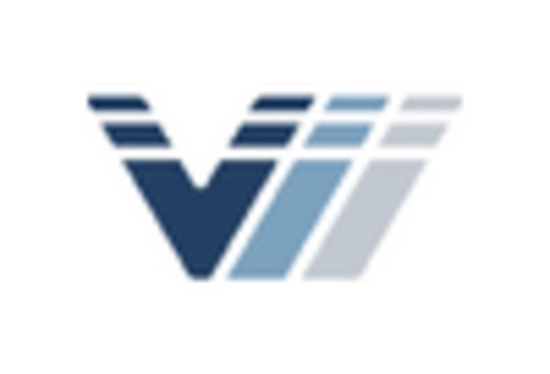








Leave a Comment